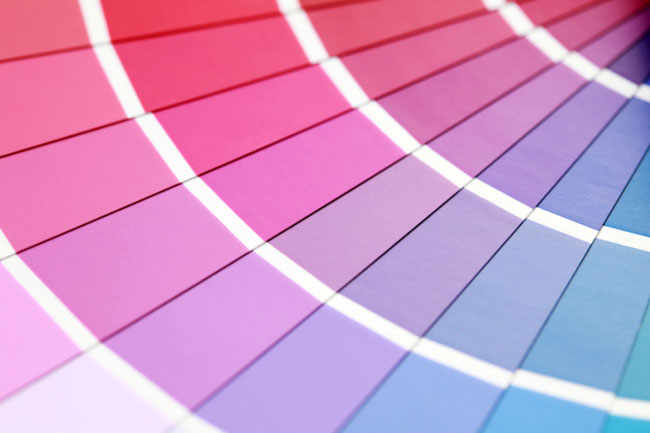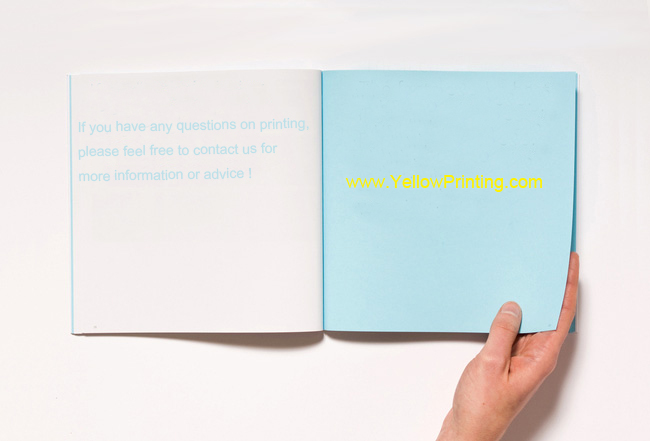Twelve money-saving printing questions to be asked before printing your promotional material
Twelve money-saving printing questions to be asked before printing your promotional material
There are questions you should ask yourself and your commercial printing company in order to make the most of your print budget. Please check the below printing questions with excellent comments.No.1: Will more than one person to check the printing proof before printing?
Obviously,no matter how many times you proofread text, you may miss the same glaring error each time it’s passed over. Double checking by another persons, you can sort this out quickly. In fact, the more people that proof your job the better. Unlike online content, you can correct the mistakes later found.Remember, a spell checker won’t catch all the mistakes on your text. More specifically, it won’t catch misspellings that form other valid words.
No. 2 If we change the size of the printed product, can we print on a smaller printing machine and save money?
There’s no need to have your A5 leaflet printed by a large commercial printing machine. If you’ve been using one printing company for all your projects try shopping around. A printing company who specializes in small-run jobs can be much more competitive.No. 3 Will you make a “dummy” or mock-up sample to check configuration and presentation?
If you’re producing a folded flyer, for example, it’s always worth printing the pages yourself to be sure you have them in the correct order. If you’re in any way unsure, ask your printing company to help you. They’ll check the composition for you.No. 4 Are you absolutely sure about the quantity to be printed?
A second print run will cost a lot more than extended first runs (or “run-on” as printing companies call it). If you’re asking for a quote of 100,000 copies, for example, be sure to also ask for “run on” costs. This will help with budgeting.No. 5 If there are photos in the document, do they need to be retouched?
One of the most common changes I make in Photoshop is to adjust the levels of an image. This is to make sure that white areas are bright white and black is actually black. It really helps with contrast (in the image menu, select ‘adjustments’, then ‘levels’). Also, colour prints tend to get darker after scanning, and large reductions can make shadow areas heavier.No. 6 Is the paper opacity sufficient or will there be any see-through?
If you hold a newspaper up to the light, you can read the text and see the images on the other side of the paper. This might be fine in the newspaper industry, where paper costs are astronomical, but you obviously don’t want a promotional brochure or annual report to have the same effect. Choose a good weight of paper stock (approx. 150gsm+) and you’ll not only prevent this from happening, but your colors will print more brilliantly too. colored paper samples
colored paper samplesNo. 7 What about the texture of the paper?
Cheap paper feels cheap. Is this the impression you want to give? When receiving a quote, why not factor in a few different weights of paper? You might be surprised at how little extra you need to pay for a higher quality paper.No. 8 Can we substitute our choice of paper for a stock that’s less expensive, while still looking as good?
Your printing factory can advise you. One factor this depends on is the amount of ink you’re going to use. For instance, if you have large areas of black to be printed, you’ll need a decent paper stock to prevent the paper going out of shape.No. 9 Will ink colours change when printed on a particular type of paper?
Printing inks are transparent and will change depending on the brightness or “yellowness” of a white paper. Remember, paper critically affects the colour of your printed product.No. 10 Does the printed sheet need a varnish?
If your print job is to be stacked and packaged, you have to be careful that the ink doesn’t transfer from one brochure/poster/business card to another during storage and transit (this is called offsetting).Varnishing can be a useful preventative. You can also consider aqueous coating to guard against finger-marking and scratching. Most printing presses will apply anti-offset powder, which is a fine powder lightly sprayed over the printed surface of coated paper as sheets leave a press. This is normally sufficient to prevent ink offset, but if in doubt, ask.
No. 11 Can we print four colours on one side of the sheet and black on the reverse to give the illusion of a “four colors process” job?
If you want to use colour, but find that it’s too expensive, you can always print one side of the paper using full-colour with the reverse in black only. Newspaper companies use this technique to give the appearance of full-colour printing. What you’ll find however, is that a lot of the time only one side of a newspaper page shows colour, whereas the reverse of that page is in black only. This saves money, yet gives the appearance of higher quality.No. 12 Can we combo-run any of the elements for a cost-savings?
Always ask the printing manufacturer if there’s any space left on the printing plates for extra work. You could, perhaps, print some extra business cards off the same printing plate as a batch of book covers, as long as the card stock is the same.
Summary:
I’m sure you get the gist by now. The most important piece of advice is to ask your printing supplier about possible savings. They’re the ones who know best.Give as much info as possible about your future print plans, too. If your printing company knows what projects are on the horizon they might be able to combo-run your jobs to save time and money.
By scheduling in advance, your printing company will be thankful of the notice. There’s little a printing company likes less than a client who needs their job yesterday.
What advice have you gathered during your time dealing with printing companies?
If you have any tips or hints please leave a comment to us, or feel free to ask if you have a question about the print process.